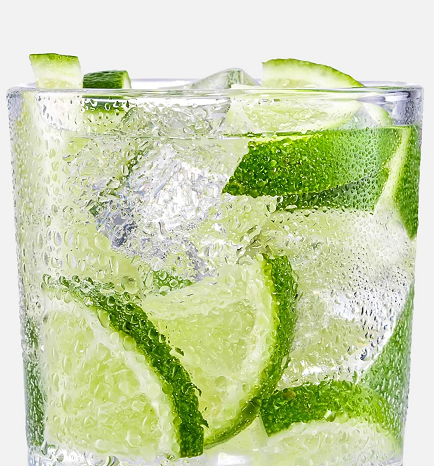The most popular Brazilian drink, and increasingly in more places
Cachaça is a spirit with almost five hundred years of history, distilling and blending the three great trends in Brazilian culture: Indian, African, and Portuguese. It is a distilled spirit made from fresh sugarcane juice and can be made in any part of Brazil.
The spirit was first made by slaves who worked in sugarcane mills in the early 1500s, shortly after the Portuguese introduced cane to the country.
Once a staple for low-income workers, the drink initially was known as “pinga” before it became better known by its name cachaça. Now it’s the key ingredient for caipirinhas.
There are two types of cachaça, artisanal and industrial:
Industrial: it is made by medium and large producers that employ a continuous distillation process (column stills).They are not commonly aged.
Traditional: it is made by small producers. Cornmeal (fubá) has been traditionally used for the fermentation of the cachaça and distillation has been conducted in a copper container (pot stills). They are usually aged, between 2 and 16 years.





